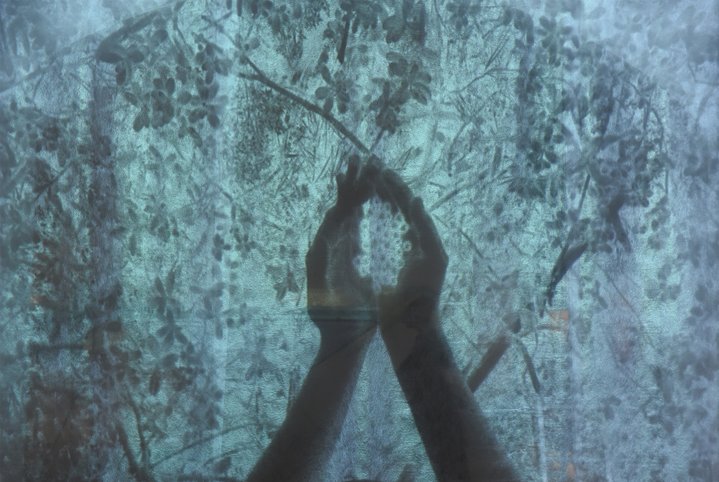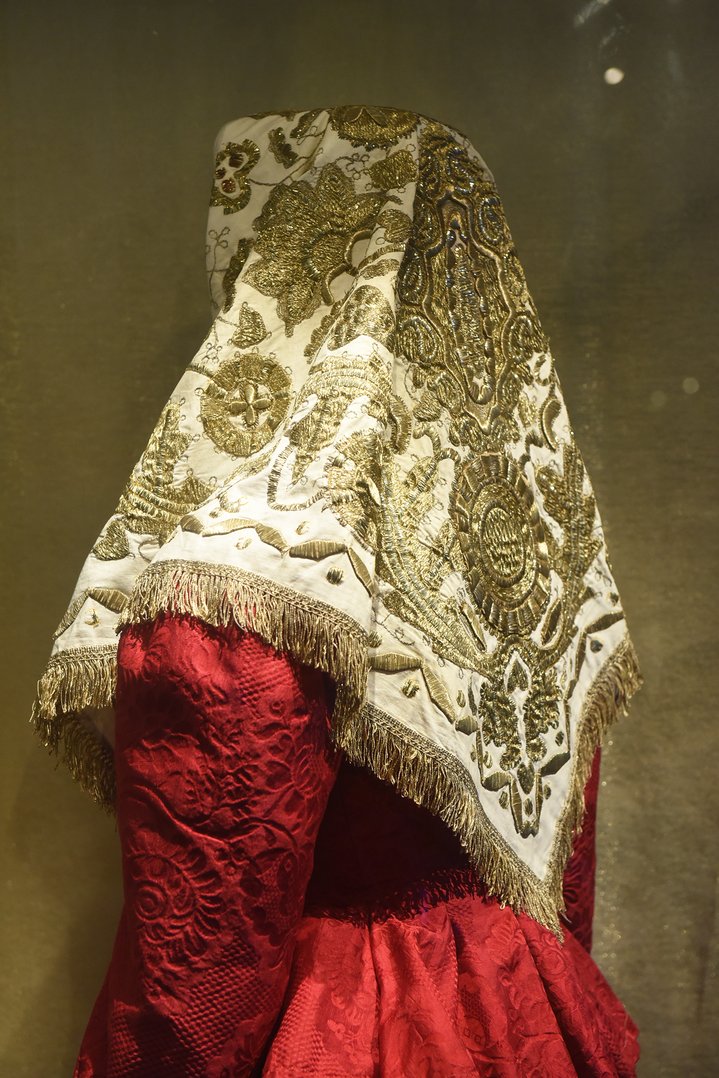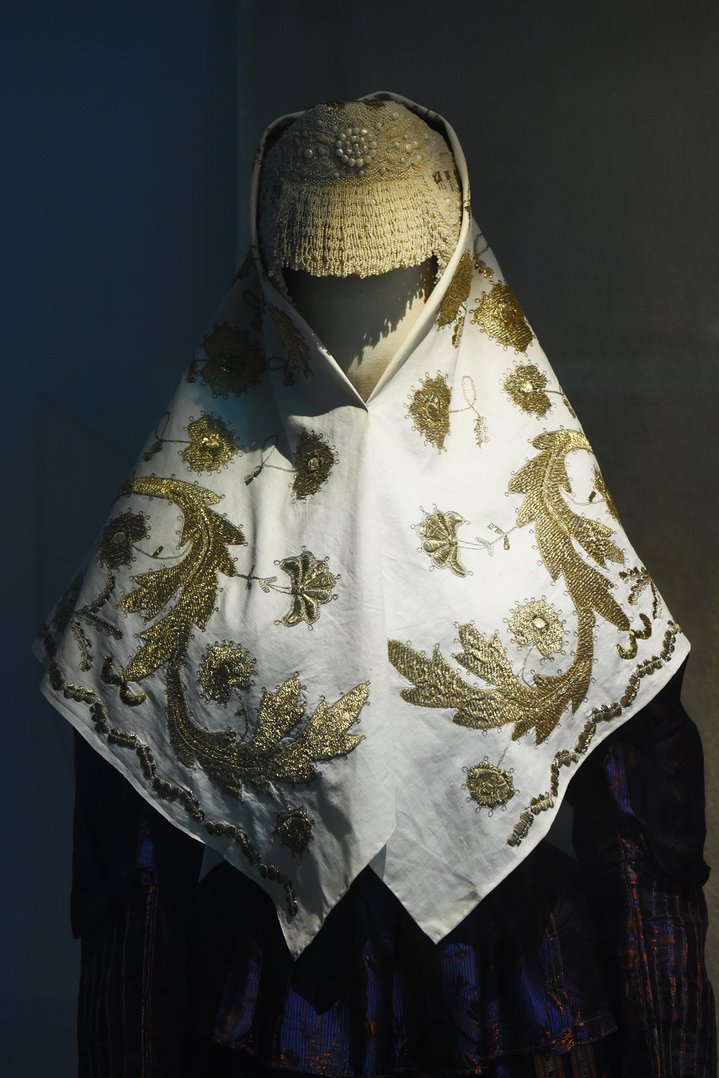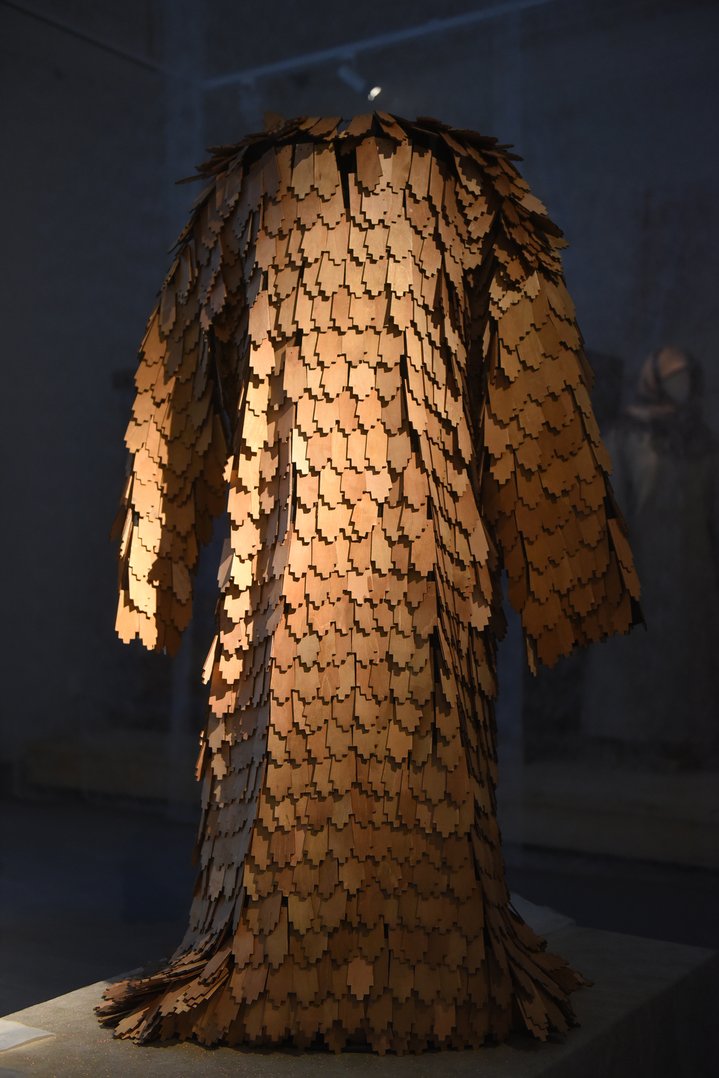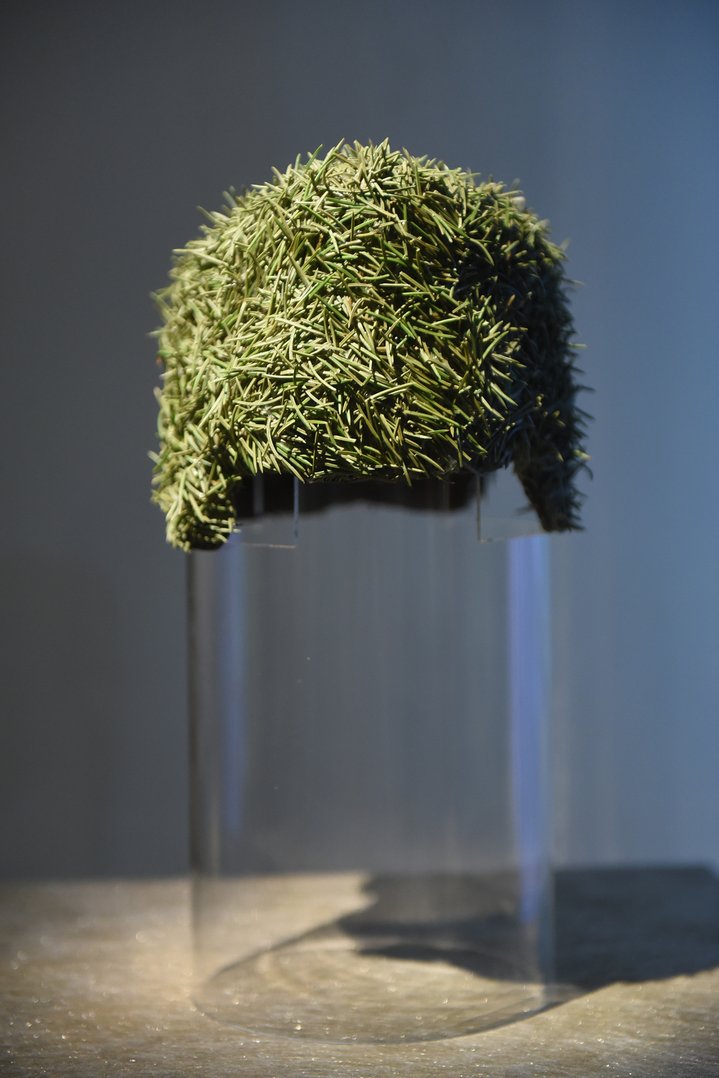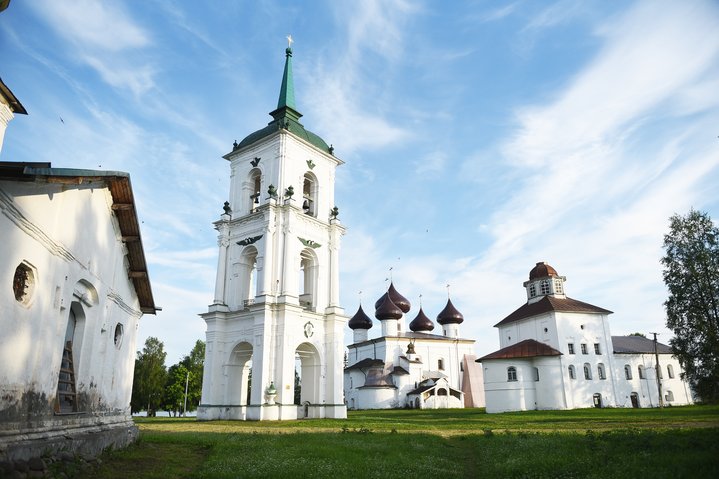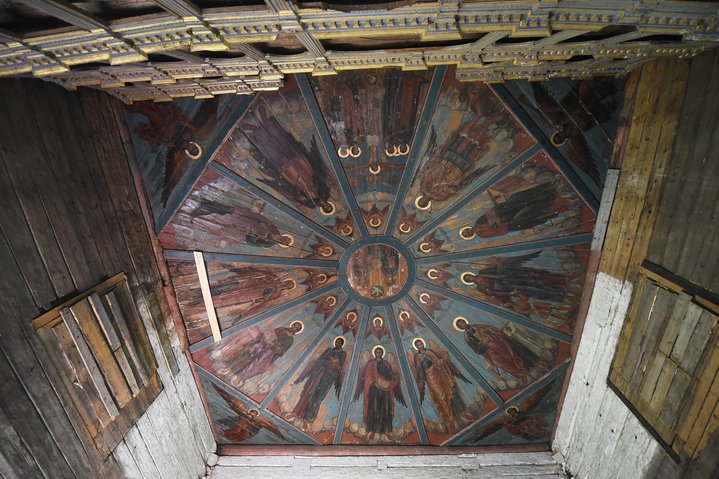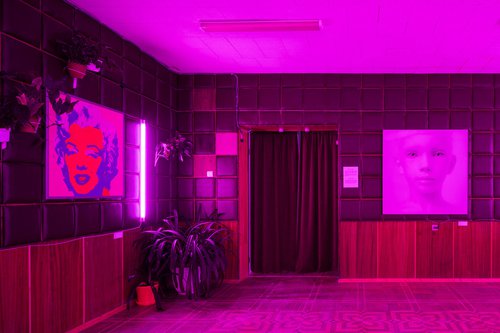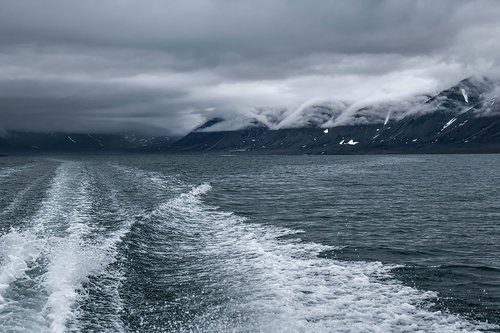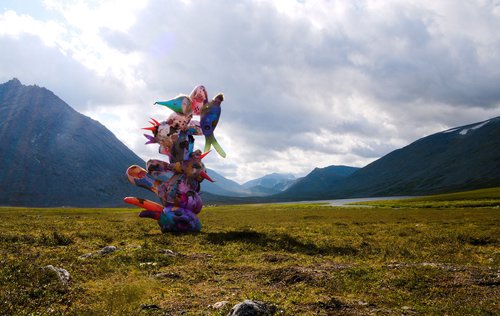Kargopol. Photo by Alexander Koryakov
Rediscovering the Russian North: from folklore to contemporary art
‘Divovaniye. Discovery of the North’ is a new exhibition at the Kargopol Historical, Architectural and Art Museum in Arkhangelsk which combines contemporary art with folk costumes from the Hermitage Museum.
The exhibition ‘Divovaniye. Discovery of the North’, a brainchild of Natalia Plekhanova and Evgenia Nagimova from St. Petersburg's Lomonossov Roads Foundation, comprises loans from four state Russian museums, the Hermitage, the Museum of Theatre and Music Art in St. Petersburg, and the local regional state museums of Kargopol and Arkhangelsk, together with work by five contemporary Russian artists. In the language of the Pomors, inhabitants of the Russian north, ‘Divovaniye’ means ‘admiring’.
And it is not hard to admire the striking, elaborate decoration of a woman's peasant costume; kokoshniks with river pearls and gold embroidery. “If you transport something all the way from the Hermitage to a place like this, then you have to choose the best, and most beautiful things,” explains Natalia Nekrasova, one of the curators of the exhibition and a researcher and curator of the collection of folk costumes at the Hermitage. “The most ornate and showy head-dresses were worn during the first years of a woman’s marriage, before the birth of her first child,” says Ekaterina Perova, co-curator of the exhibition and a junior research fellow at the Kargopol Museum. “A pearl headscarf and a gold-embellished shawl were a must in any bride's dowry”. Certainly, by the end of the 19th century, the kokoshnik was no longer seen as a common element of female peasant dress but as a ritual piece of jewellery.
The descriptive part of the title ‘Discovery of the North’ points to its ambitious scope, where the organisers position themselves as cultural stewards for folk culture as a whole. Vast in size and remote, the Russian north has long been virginal territory. “Neither gas nor the Nazis nor the railway reached us”, so local guides sum up in a pithy sentence the historical and geographical situation of Kargopol. In 1894 Russian entrepreneur Savva Mamontov travelled to the north when laying the Moscow-Yaroslavl-Arkhangelsk railway. The railway did not reach Kargopol. Legend has it that the town mayor took so long to wash himself in a bathhouse that the concession's representatives did not wait for him at the meeting. Fascinated by the Russia north, Mamontov sent his artist friends Valentin Serov (1865–1911) and Konstantin Korovin (1861–1939) to the White Sea. Korovin decorated a pavilion for the Far North at the Nizhny Novgorod Fair in 1896, and later returned to the subject of the North several times in his theatrical works. The Museum of Theatre and Musical Art brought sketches by Korovin, Sergei Chekhonin (1878–1936) and Vladimir Tatlin (1885–1953) with Russian folk motives to an exhibition in Kargopol.
In the hundred years that followed, little has changed in the lifestyle of Kargopol and the surrounding villages: the same wooden huts loom like anchored gray arks along the village streets, the same old chapels still keep their miraculously preserved ‘skies’ (a feature of northern wooden church decoration, where religious subjects were painted on the ceiling), the same votive crosses stand at springs and in sacred groves.
More than a century later, contemporary artists are again following the well-trodden paths of Konstantin Korovin and Saava Mamontov in discovering their love of the north. Two curators, Aleksandra Generalova from St. Petersburg and Kristina Dryagina from Arkhangelsk, selected works by five artists for the exhibition. While for artist Anna Samoilova the Russian North is interesting as the theme of Diaghilev’s Russian Seasons, artists Anna Slobozhanina (b.1993) and Ulyana Podkorytova (b.1984) created works inspired by their own experiences in artist residencies and trips to northern towns and villages. As Podkorytova reflects, “the north cannot be taken head-on”. Her video piece ‘Tamotka’ (meaning ‘Same as there’ in the Pomor language), produced with the support of the VAC Foundation, was made by Podkorytova over three years. By combining Northern folklore and post-apocalyptic visions, she brings action to a desolate Pomor village.
Two young female artists from Arkhangelsk, Ulyana Kal and Sonya Kislyakova, work with objects, creating rituals of new domestic magic. Ulyana Kal paints a spinning wheel with marriage ornamentation (according to peasant tradition, a decorative spinning wheel was given by the groom to the bride on the eve of their wedding), using contemporary symbols. Sonia Kislyakova creates a special white wedding dress, reminiscent of the rite of 'vytiye' or lamenting, which accompanied the bride's transition from one status to another. The revival of ritualism these young artists have adopted (Sonya Kislyakova is 17, and Ulyana Kal is 22), can not simply be read as yet more exploitation of a theme familiar since childhood, but an attempt to record an authentic generational continuity that over many years saved the inhabitants of the North in their conservatism, and thanks to which they have overcome the vicissitudes of their fates.
Divovaniye. Discovery of the North
Kargopol Historical-Architectural and Art Museum
Kargopol, Russia
July 2 – November 6, 2022






